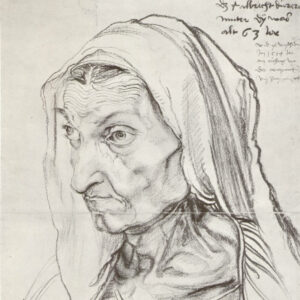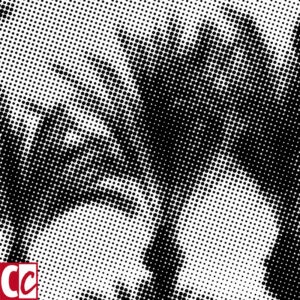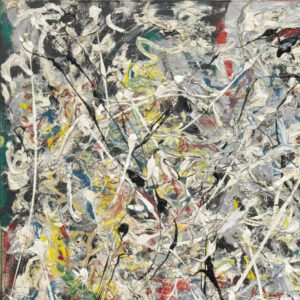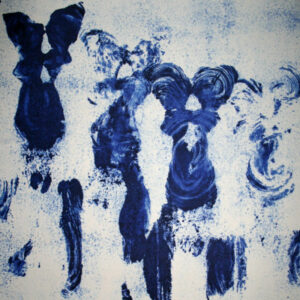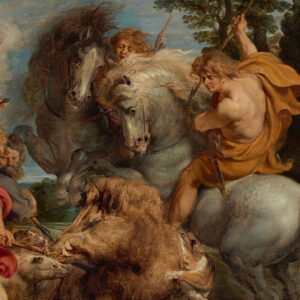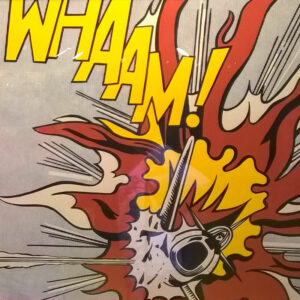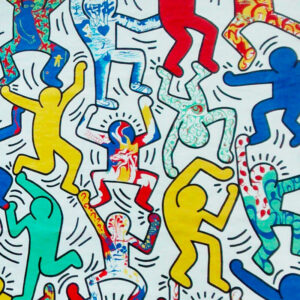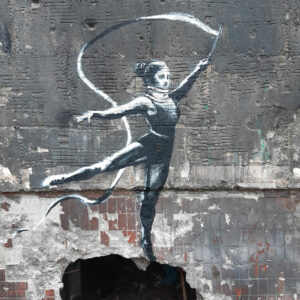
In another article, I listed drawing and painting tools and materials. That is one way of classifying creative possibilities. Another way of identifying is by naming drawing and painting techniques and the style in which they are applied.
Techniques, materials, tools, and ways of using them are highly connected. Still, it makes sense to look at and organise them separately, because then we can work in a purposeful way. And we have handles for an artistic view of the work of others.
Some of the links are affiliate links. As an affiliate associate, I earn a small commission when you purchase any of the products offered through the shared links at no extra cost to you. This helps me to maintain this website and I thank you for supporting me.
Table of Contents
Why distinguish different drawing and painting techniques?
Identifying different techniques and styles is an aid in art appreciation. And if you understand the normal way of doing things and any rules, developing your own style and being confident enough to be different as an artist will be a lot easier.
Techniques
Essentially, the difference between drawing and painting is that you draw with lines and paint with strokes. In other words, one is a linear way of working and the other one is pictorial.
Sometimes the difference is very obvious, but clearly, you can draw in a painterly way and paint in a drawing-like way.
We draw with graphite pencils, colour pencils, charcoal, felt-tip pens, and pen and ink on paper. Painting is done with pastel crayons, all kinds of paint and brushes on paper and canvas.
Linear
Simply drawing straight and curved lines and contours already offer many different possibilities. More variation is possible by making grey hues that can be achieved through hatches and dots. Or by smearing soft pencils or charcoal over the paper.
Related: Form Research and Different Drawing Techniques

Dots
The smallest image element is a dot. In art history, pointillism is the most famous example of drawing with only points. The colour tones are achieved by placing the dots closer or further apart.
It can produce a rather rigid picture because the method is time-consuming and slow.
Rasterizing
A raster is used in printing techniques. It resembles the dots with the difference that here the tonality is achieved by making the dots larger or smaller. The dots are placed on a grid.
The method is mainly used in print media, such as books and newspapers, screen printing, and mono-printing.
Pictorial
Pictorial is a loose, free handling of materials and techniques. Instead of lines, strokes of colour are used to draw and paint.
Good examples of pictorial art are Impressionism, at the end of the 19th century, and the 1950s art movement Action Painting.
Collage / Scrapbook
Strictly speaking, it is not a painting technique, but collages can be part of a painting. Basically, it involves sticking pieces of paper on a surface to create an image.
Cubists such as Juan Gris and Pablo Picasso made collages in the 1920s, and artists in later art movements have also used the collage technique.
The technique is great for practising at home. Art journaling in a diary or scrapbooking in a photo album are marvellous activities.
Related: My Collages in October 2022
Printing techniques
Another indirect way to create images is printing. Despite digitization, it is still done professionally on a large scale in printing companies.
To a limited extent, printing techniques can be practised at home. Some techniques require large presses or other costly investments in tools or materials. Other techniques require no more than a glass plate, a roller, and some paint.
Related: Simple Printing Techniques for the Best Relaxing Hobby
Miscellaneous
Outsider techniques that don’t use pencil, paint, or the usual tools and materials are stained glass,
mosaic, and textiles. Weaving and quilting have traditionally been home activities.
And what should not be missing: using one’s own body as a tool (Body-art) or as a canvas (Tattoos).
Style
All techniques can be practised in different styles. Until the 20th century, art was realistic. Impressionism heralded change, after which the art movements changed faster and faster and became more abstract.
Realistic
A realistic drawing or painting represents reality. We recognize what the artist wanted to depict. Even if the picture is an animal species unknown to us or a non-existent fairytale character.
To really look realistic, a number of elements must be right, such as the colours, the perspective, and the appearance of the material.
From the 12th century, artists became increasingly adept at painting and drawing realistically, culminating in the Renaissance.
A clear, linear technique characterizes Renaissance paintings. The movement that followed, the Baroque, is much more picturesque.
Illustrative
Although realistic, we often say a drawing is illustrative. Colours, perspectives, and other elements may differ from what we know.
An illustration explains a story or a complicated process. Examples of this are infographics and exploded views.
Black and White/Colour
Most drawings are black and white, paintings are usually in colour. We know the division in black and white or colour best from the world of photography.
With colour or the lack of colour, it is possible to create an atmosphere. Dark gives a gloomy atmosphere, light a light-hearted one. Bright colours express cheerfulness and festivity.
Related: How Do Colours Affect Each Other and What Can We Do with this Information?
Comics
Comics tell a story, sometimes in just one picture, usually in a sequence of pictures. The style is clear with heavy contours, smooth surfaces, and little detailing.
As with the description of any style, it is a generalization with so many exceptions!
In art history, Roy Lichtenstein is known for his enlarged comic images and Keith Haring for his humorous figures. And nowadays Banksy is known worldwide for his stencilled works.
Comic books usually have 2 authors, an artist and a screenwriter. Goscinny en Uderzo of the Asterix albums is a famous duo.
The Japanese style occupies a separate place: the Manga comic.
Abstract
Abstract art does not attempt to realistically depict the world as we know it. Lines, colours, composition, harmony, or structures are the subject of the images.
There are 3 directions through which abstract art is created:
- The artist starts with a realistic representation and continues to abstract until all realism has disappeared;
- A specific technique or material determines the abstraction process;
- The artist starts with an idea, symbol, or mood and presents it in an abstract way.
Most images in this article were found on Wikimedia Commons.
What technique do you appreciate most? Tell me in the comments below.


